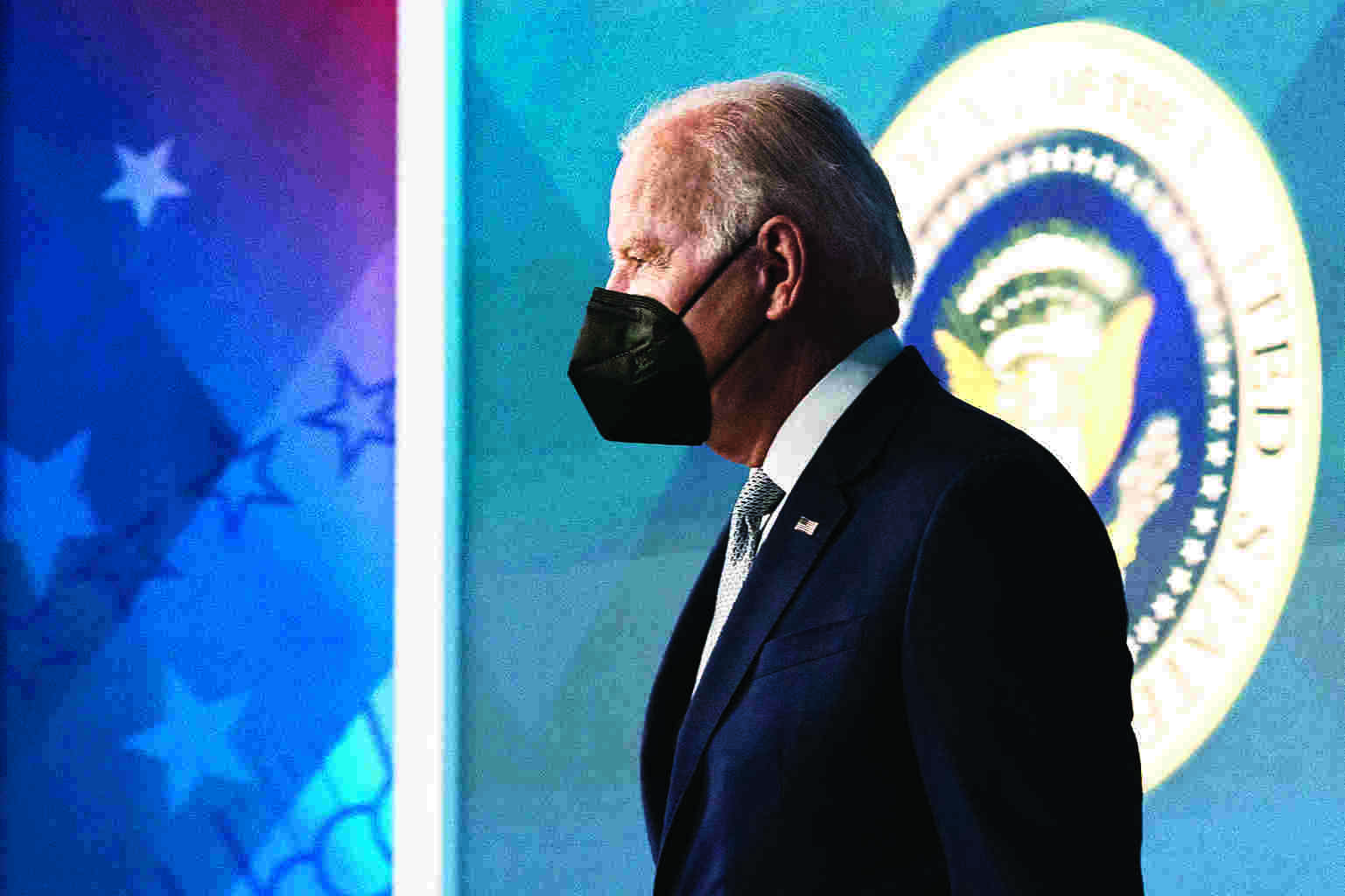Biden administration to release $45bn for nationwide internet

Washington DC: The Biden administration is taking the first steps to release USD 45 billion to ensure that every US resident has access to high-speed internet by roughly 2028, inviting governors and other leaders on Friday to start the application process.
Commerce Secretary Gina Raimondo is overseeing the distribution and said that universal access to broadband internet would be akin to the electrification of rural America during the 1930s, a recognition that the internet is a utility needed for US residents to function in today's economy.
There's more than 30 million Americans who don't have internet, Raimondo said.
And in this day and age without high-speed internet, you can't go to school, can't go to the doctor, can't do simple things. Think of how many times in a day you Google something or go online.
The funding is part of the USD 65 billion for broadband in the USD 1 trillion infrastructure package that President Joe Biden signed into law last November.
That bipartisan package is one of the policy achievements that the Democratic president is trying to sell to voters ahead of the mid-term elections, though it's unclear how much the message will resonate when much of the country is focused on high inflation, cultural differences and political identity.
Former President Donald Trump has dismissed the infrastructure spending as fake even though the broadband spending was one of his own priorities.
His Agriculture Department said in 2020 that it had invested USD 744 million on rural internet connectivity, a sum that was meaningful yet insufficient.
Raimondo is travelling to Durham, North Carolina. She'll announce that governors can send their letters of intent to receive the broadband money, which comes from three programmes totalling USD 45 billion.
Each state would then get USD 5 million to help it consult with residents and write its plan.
The Commerce Department recognises that internet needs vary by state. The money could be used to lay fibre optic cable, build out Wi-Fi hotspots or even reduce monthly charges in places where price is the main challenge.
After the administration's announcement on Monday that it would provide a USD 30 monthly subsidy to low-income households, Raimondo noted that states could use the additional money from these programs to make the service free to some users.
The allocations would also be influenced by the Federal Communications Commission this fall releasing new maps that detail where people lack internet service or are under-served.
Governors and other leaders would then have six months to use this data to shape their final applications.



